<h2>The Growing Challenge of Power Disruptions for Remote Workers</h2>
<p>As remote work becomes increasingly prevalent, professionals face a critical challenge: protecting sensitive equipment and maintaining business continuity during extended power outages. Whether caused by severe weather, grid maintenance, or unexpected disruptions, power outages can severely impact remote workers’ ability to maintain productivity and protect valuable equipment.</p>
<h2>Understanding the Risks to Remote Work Equipment</h2>
<p>Power outages pose multiple threats to remote work setups:</p>
<ul>
<li>Sudden power loss causing damage to sensitive electronics</li>
<li>Temperature fluctuations affecting equipment performance</li>
<li>Humidity changes that can harm electronic components</li>
<li>Data loss and corrupted files</li>
<li>Extended downtime impacting business operations</li>
</ul>
<h2>Climate-Controlled Storage: Your Power Outage Safety Net</h2>
<p>Climate-controlled storage units offer an ideal solution for protecting remote work equipment during power disruptions. These specialized facilities maintain consistent temperature and humidity levels, even during widespread outages, thanks to backup power systems and advanced climate control technology.</p>
<h3>Key Benefits of Climate-Controlled Storage for Remote Workers</h3>
<ul>
<li>Constant temperature maintenance between 55-85 degrees Fahrenheit</li>
<li>Humidity control to prevent moisture damage</li>
<li>Backup power systems ensuring continuous protection</li>
<li>24/7 security monitoring</li>
<li>Flexible access for equipment retrieval</li>
</ul>
<h2>Creating Your Power Outage Response Plan</h2>
<h3>1. Equipment Assessment and Inventory</h3>
<p>Begin by documenting all critical equipment:</p>
<ul>
<li>Computer systems and monitors</li>
<li>Networking equipment</li>
<li>External storage devices</li>
<li>Specialized work equipment</li>
<li>Power backup systems</li>
</ul>
<h3>2. Storage Unit Selection</h3>
<p>Choose a climate-controlled unit based on:</p>
<ul>
<li>Equipment size and quantity</li>
<li>Access frequency needs</li>
<li>Location convenience</li>
<li>Security features</li>
<li>Backup power capabilities</li>
</ul>
<h2>Professional Packing Techniques for Electronics</h2>
<p>Proper packing is crucial for protecting equipment during transport and storage:</p>
<ul>
<li>Use anti-static bags for sensitive components</li>
<li>Apply bubble wrap and foam padding for shock absorption</li>
<li>Label cables and connections clearly</li>
<li>Keep original packaging when possible</li>
<li>Create detailed equipment maps for reassembly</li>
</ul>
<h2>Setting Up Your Climate-Controlled Storage Space</h2>
<h3>Organization Tips</h3>
<ul>
<li>Install sturdy shelving units</li>
<li>Create clear aisles for access</li>
<li>Use plastic bins for small components</li>
<li>Implement a labeling system</li>
<li>Keep frequently needed items accessible</li>
</ul>
<h2>Maintaining Business Continuity</h2>
<p>Develop a strategy for maintaining work operations during power disruptions:</p>
<ul>
<li>Create an emergency equipment retrieval plan</li>
<li>Set up alternative work locations</li>
<li>Establish communication protocols</li>
<li>Document recovery procedures</li>
<li>Regular plan testing and updates</li>
</ul>
<h2>Regular Maintenance and Monitoring</h2>
<p>Protect your investment with routine maintenance:</p>
<ul>
<li>Monthly equipment checks</li>
<li>Climate control system verification</li>
<li>Update inventory records</li>
<li>Inspect for any signs of wear or damage</li>
<li>Test backup power systems</li>
</ul>
<h2>Conclusion: Empowering Remote Work Resilience</h2>
<p>In today’s remote work environment, protecting your equipment from power disruptions is essential for business continuity. Climate-controlled storage offers a professional solution that ensures your valuable work equipment remains safe and operational, regardless of external power challenges. By implementing these strategies and maintaining proper storage protocols, you can create a reliable backup system that supports your remote work success.</p>



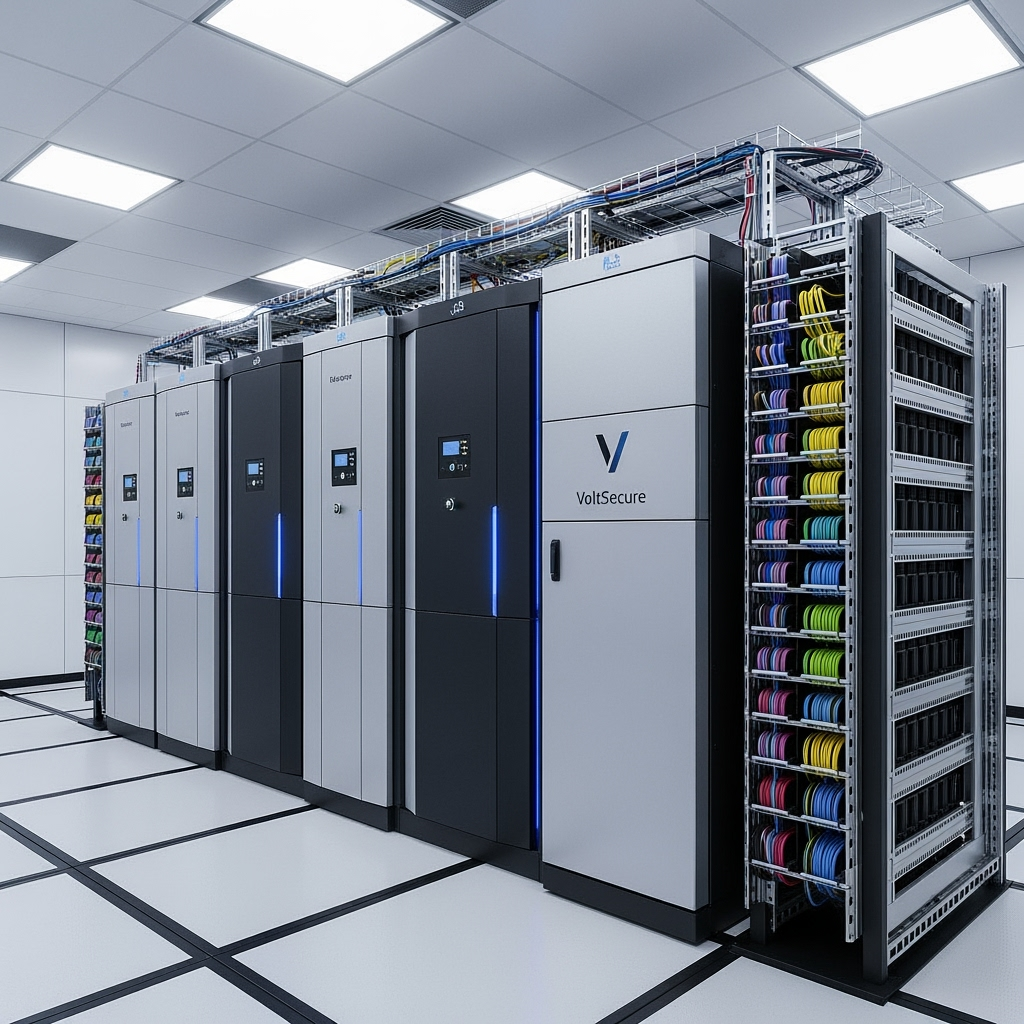

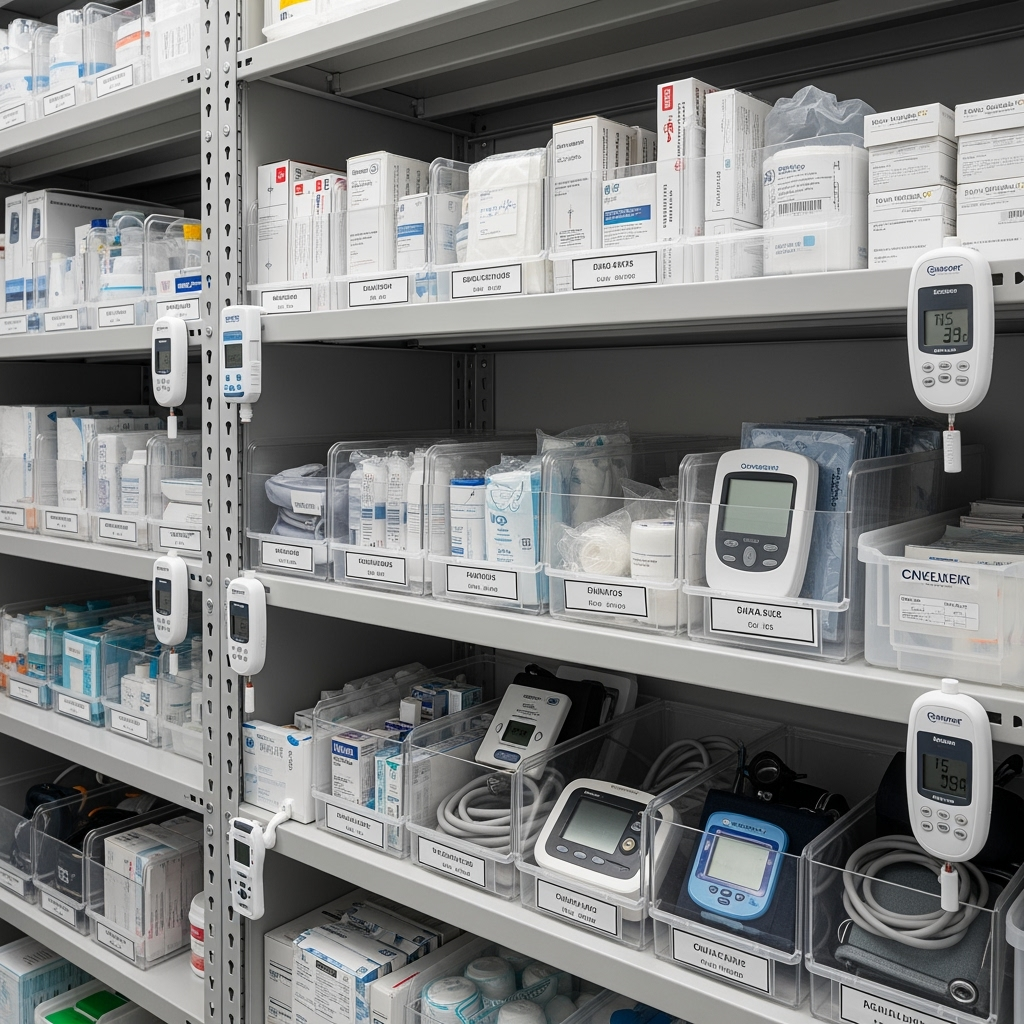
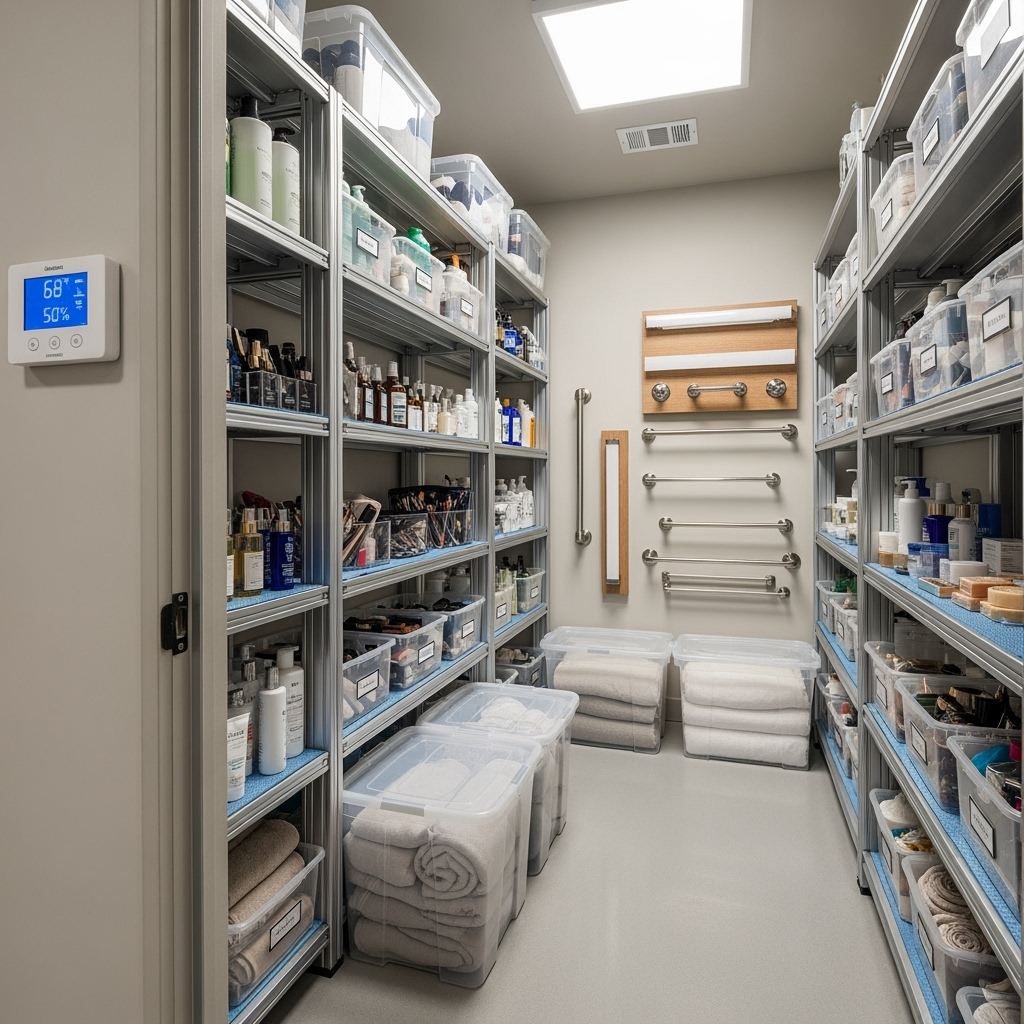
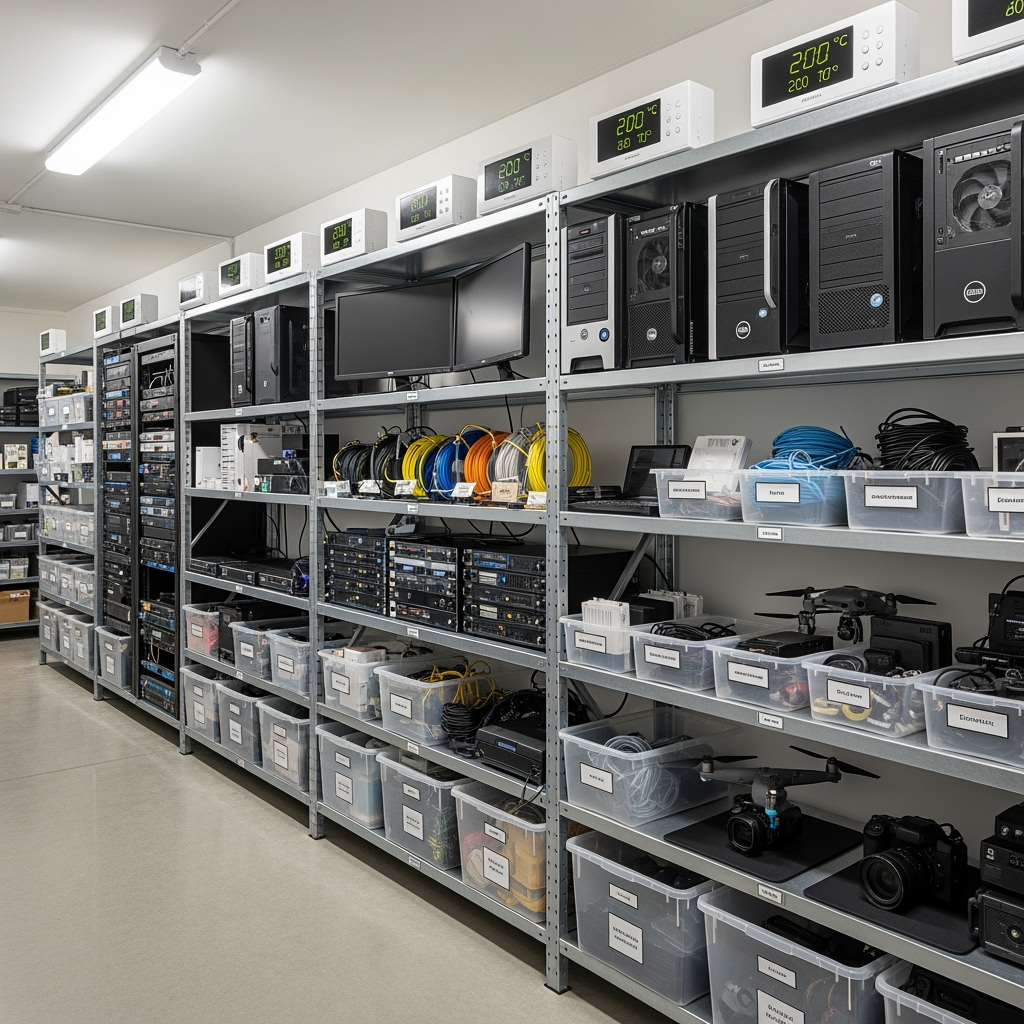

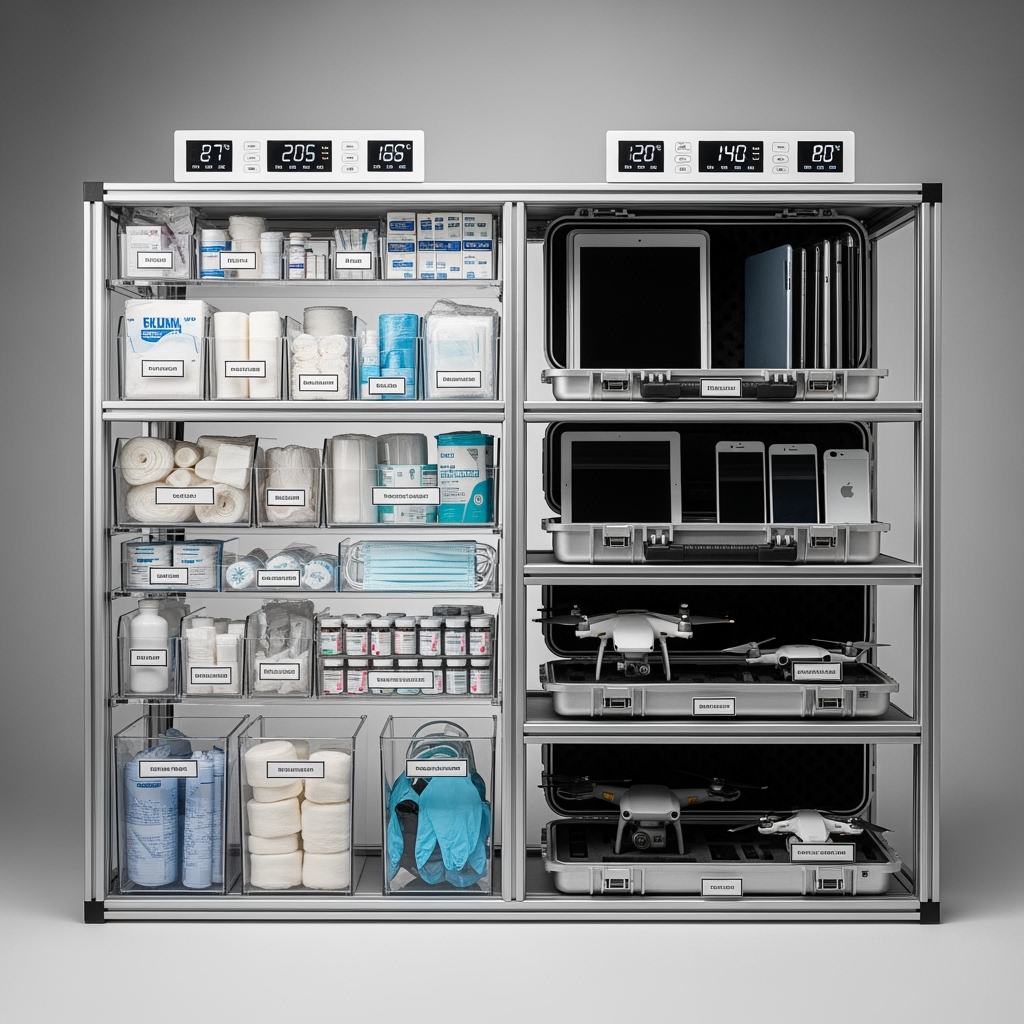
Leave a Reply